At Wingham Wildlife Park, we are proud of our dedication to conservation and the rescue and rehabilitation of our animals. We work with a strategy of environmental sustainability and policies to ensure we do our very best for this planet! In our park we have many species which are now considered endangered, such as the red panda, which has less than 10,000 individuals left in the wild.
Since taking over in 2008, we have placed more emphasis on conservation both within and outside the walls of the park. We have taken on a number of projects designed to encourage and develop our contribution. It is our mission to allow the public to appreciate nature up close, so they can better understand and appreciate why it is important to protect these animals before they disappear. To find out more, you can check our Mission Statement.
We have found that one of the most effective conservation efforts is to try and involve our visitors in as much conservation education as possible (without flooding them with it). We have developed a number of ideas to help us put this in to effective use, while tying in to our parks ethos of being a park for all the family!
How do we educate?
To keep people interested we have used a variety of different methods to educate people about similar problems including:
- Flip up signs which interactively ask people questions, revealing the answer when the sign is flipped over.
- Each enclosure has an animal information sign with one thing highlighted on each sign being their conservation status and any threats which the wild populations are under.
- Any animals which are listed on the IUCN Red List as Endangered or higher have a sign on the enclosure which states their rating as well as when it was last evaluated.
- Two hands-on educational talks are carried out each week in which a keeper will allow visitors to handle a small selection of animals, accompanied by a talk which covers topics such as diet, habitat and conservation.
- Additionally keepers carry out daily educational talks about our chimpanzees, otters, penguins, red panda, big cats, tigers, ring-tailed lemurs and wolves.
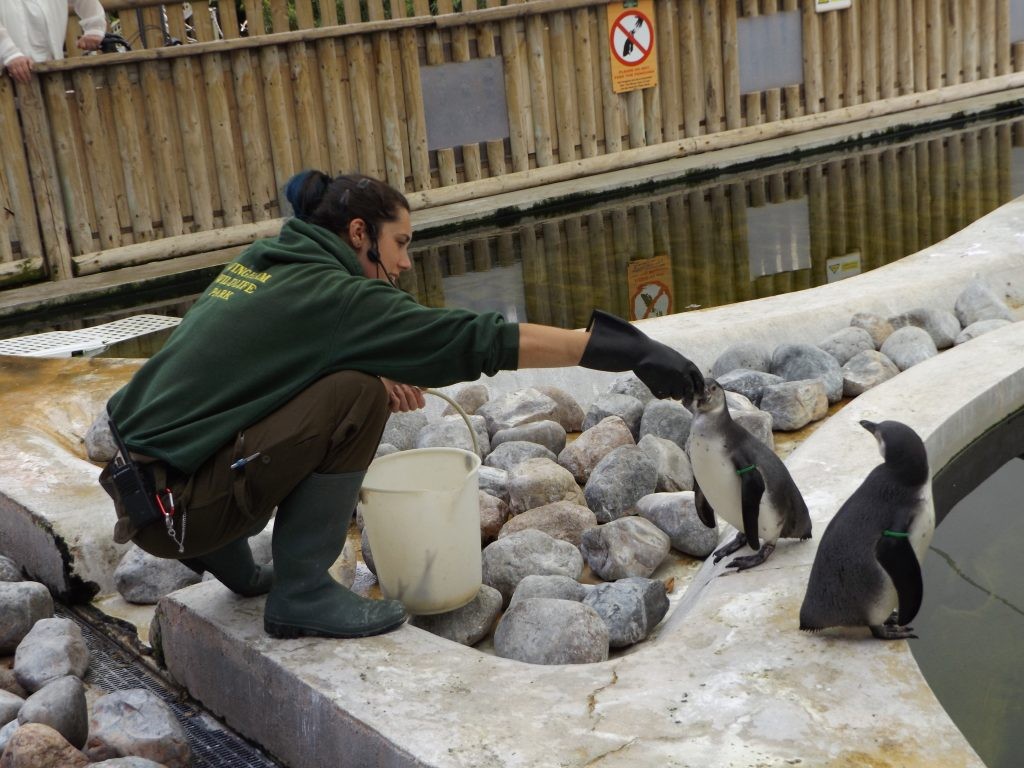
How does our breeding programme work?
Stud Books
Wingham Wildlife Park participate in two levels of EAZA’s (European Association of Zoos and Aquaria) managed breeding programmes. The EEP (European Endangered Species Programme) and ESB (European Studbook) conserve healthy populations (within captivity), of some of the most vulnerable animal species in the world, while safeguarding their genetic well-being. This involves collaborating with and exchanging animals with other collections to breed individuals with the most diverse genes. Some of the animals on these programmes at our park are,
- Cuban Crocodile (Crocodylus rhombifer) – Critically Endangered
- Mandrills (Mandrillus sphinx) – Vulnerable
- Red Panda (Ailurus fulgens) – Endangered
- White Cheeked Gibbons (Nomascus leucogenys) – Critically Endangered
- Goeldi’s Monkeys (Callimico goeldii) – Vulnerable
- Visayan Warty Pigs (Sus cebifrons) – Critically Endangered
- Spiny Hill Turtles (Heosemys spinosa) – Endangered
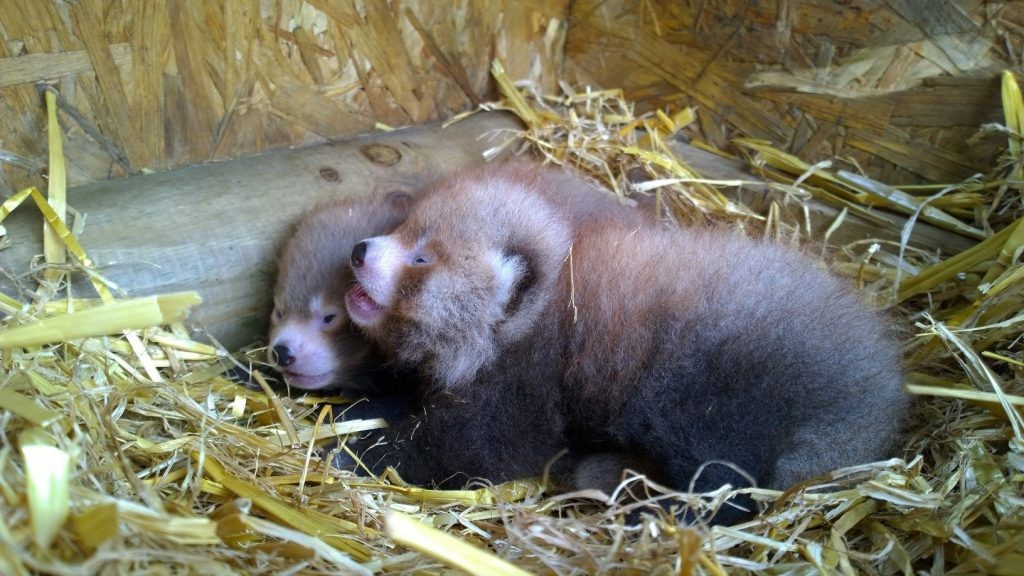
The animals represented in studbooks are however not the only ones which we aim to breed at the park, with further animals which are considered to be under threat on the IUCN Red List being bred at the park including:
- Ring-tailed Lemur (Lemur catta) -Endangered
- Rhinoceros Iguana (Cyclura cornuta) – Vulnerable
- West African Dwarf Crocodile (Osteolaemus tetraspis) – Vulnerable
- Barbary Macaque (Macaca sylvanus) – Endangered
- Lesser Sulphur Crested Cockatoo (Cacatua sulphurea) – Critically Endangered
- Humboldt Penguin (Spheniscus humboldti) – Vulnerable
- Grays Monitor (Varanus olivaceus) – Vulnerable
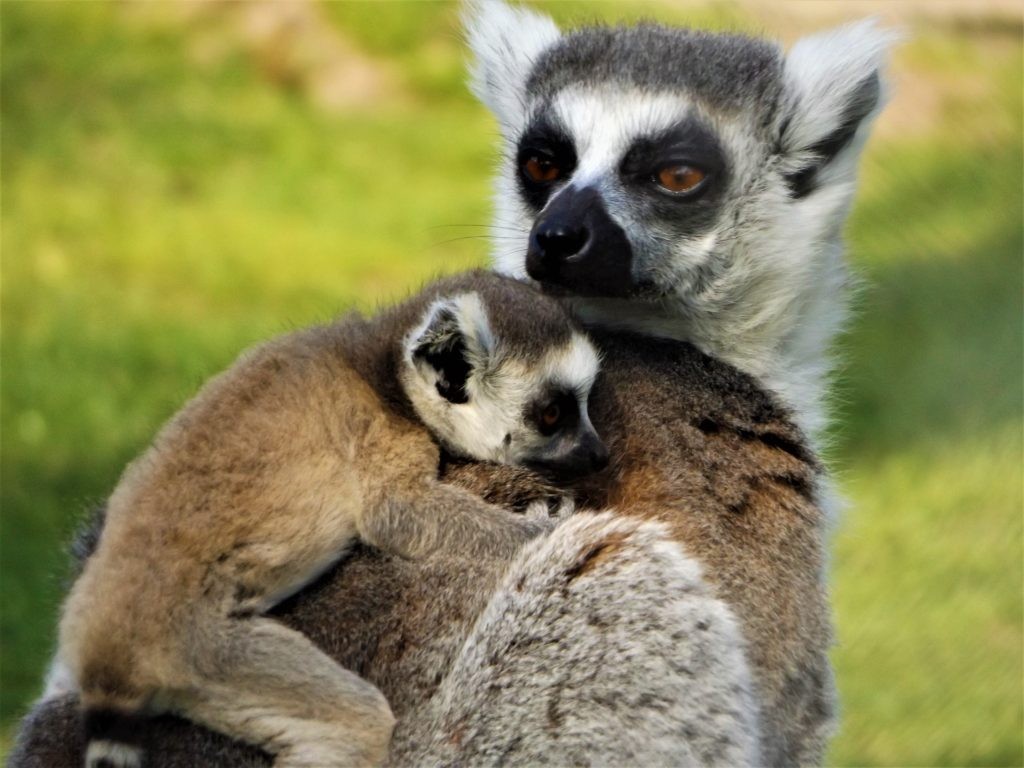
We put a lot of emphasis on ensuring that any animal which is of conservation value is given the best possible opportunity to reproduce at our park. Any such offspring may then be offered to other zoos to improve the bloodlines which they have at their park.
Conservation work within the park.
Our conservation work does not however extend to merely exhibits and signs inside the park but also through proactive work and funding to aid animals which are far outside our park boundary.
The closest to home out of these projects uses items within the park to help any birds which may live or breed in the area. The most obvious of these are nest boxes which are specifically designed to serve the needs of the different types of birds which often frequent this area. The nest boxes and feeding stations which they can use are all accompanied by signs which explain the item and its uses to try and encourage people to engage in such work in their own back garden.
Our help does reach much further than this through fundraising carried out within our park for projects in other places around the world, to try and help us ensure that these animals are not only protected and bred by us in captivity but also given a real shot at long term survival in the wild.
Rainforest S.O.S.
Rainforest S.O.S. is a new area of the park which focuses on raising greater awareness of deforestation and the impact it is having on wildlife around the world. The growing effects of deforestation are displayed as visitors journey past three primate exhibits in which trees become fewer and the area becomes quieter. Signs also provide information on subjects such as how deforestation is planned, and how everyone can be involved in tackling this growing issue by shopping more sustainably.
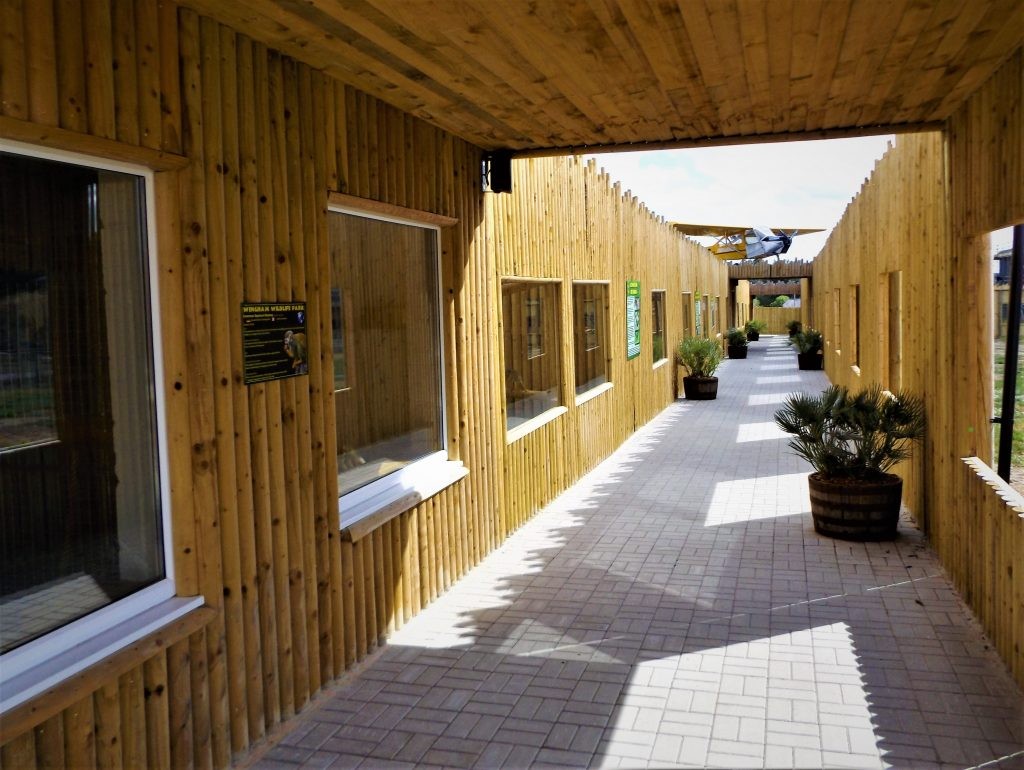
World Land Trust
There may only be as few as fifty Edward’s pheasants left in the wild according to the IUCN, making them one of the most endangered animals in the world. ‘The Silent Avery’ within Rainforest S.O.S, exhibits pictures and information about several bird species which have already become extinct. In addition to these there is also information about the critically endangered Edward’s pheasant.
The purpose of this exhibit is to raise awareness and funds for the species, whose population has experienced a dramatic decline due to habitat loss and fragmentation caused by deforestation. All money raised by this exhibit is donated to the World Land Trust for a conservation project in Khe Nuoc Trong, Vietnam. The WLT is protecting essential habitat for these pheasants by leasing the land in Khe Nuoc Trong and funding wildlife rangers to prevent illegal logging and hunting in the area.
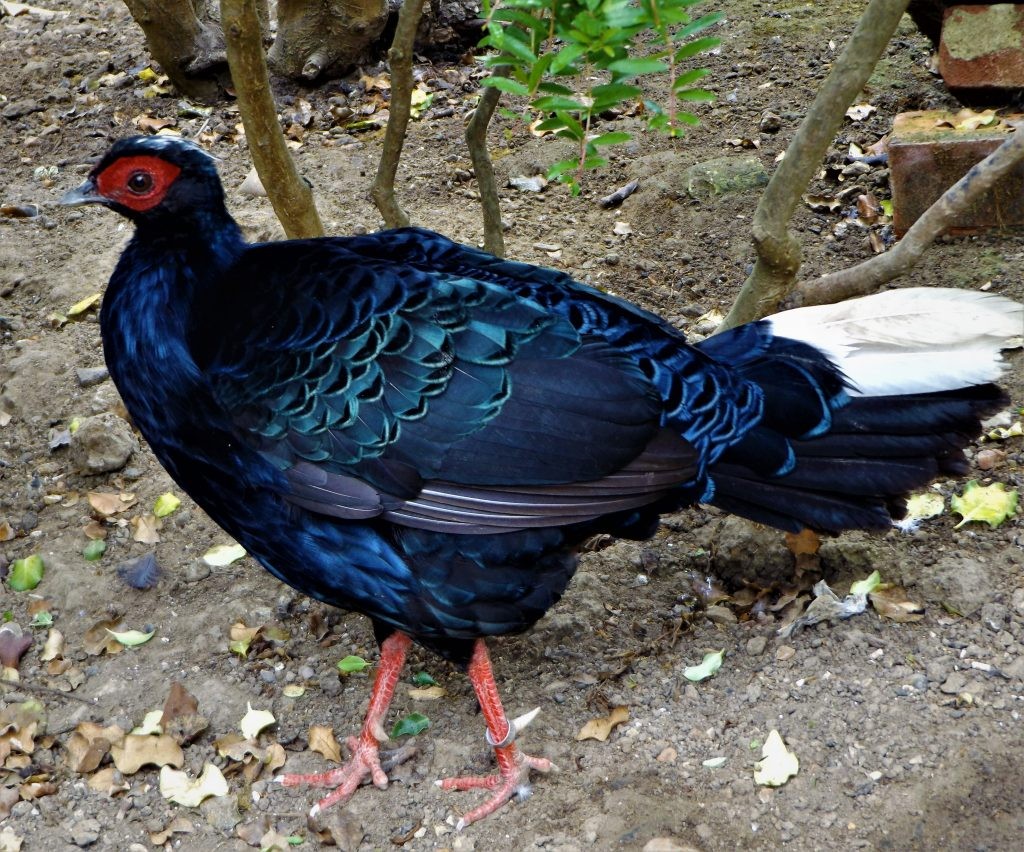
WWPAW
Our charity, the WWPAW (Wingham Wildlife Park Animal Welfare) – registered charity number 1162346 – helps animals to find safe and supporting homes, whether that’s in the wild or in captivity. We also push for the earth’s natural resources to be protected and strive to educate the public on how to respect and cherish animals and the environment to help make this possible. Most importantly though, we fight for the conservation of endangered species and the protection of their habitats.
There are a number of ways in which you can support us and help the conservation of endangered animals.
We have listed a few ideas below.
- Fundraising – Fundraising could be anything from a sponsored run or walk, a bake sale, or even a school raffle! Some of our best fundraising efforts in the past have come from staff members, including The Thames Path Challenge which was a huge success. We’d really love to see more people getting involved in fundraising and spreading knowledge at the same time.
- Visit us! – If you want to support us, simply come and visit! By visiting Wingham Wildlife Park you are supporting all our efforts in the easiest way, as all profits go back into the park. This allows us to house more animals that need help and invest in breeding programs. You’ll also be able to get involved with our animal talks and learn more about the animals specifically! You could also purchase one of our experience days where you can get up close and personal with your favourite animals!
- Recycling your mobile with us – We are currently running an appeal for old mobile phones to be recycled with us! This is because they contain coltan and the mining of this can cause air pollution, noise pollution and destruction of forests. This means that certain habitats are being ruined and food sources are being cut. We therefore send any mobile phones we receive to be recycled properly, but this also helps us to raise funds from the working parts of the devices. You can read more about this here.
- Donations – Finally, you could very generously send us donations directly through our website! You can set up monthly donations or just the one off but every little really does help. All of the money goes straight back into the park and looking after our animals and the ones that are soon going to arrive!
Overall, there are so many ways that you can help us protect endangered species and we are always open to new ideas, so please feel free to get in touch if you want to come up with your own way to get involved. Also, take a look at our blog all about conservation activities you can do at home with your kids. We’d love to see what you get up to!
If you’d like any more information, please give us a ring on 01227 720836 or even go to our contact us page to find alternative ways to get in touch or for more information on our conservation work check our conservation policy here, Our Conservation Policy


